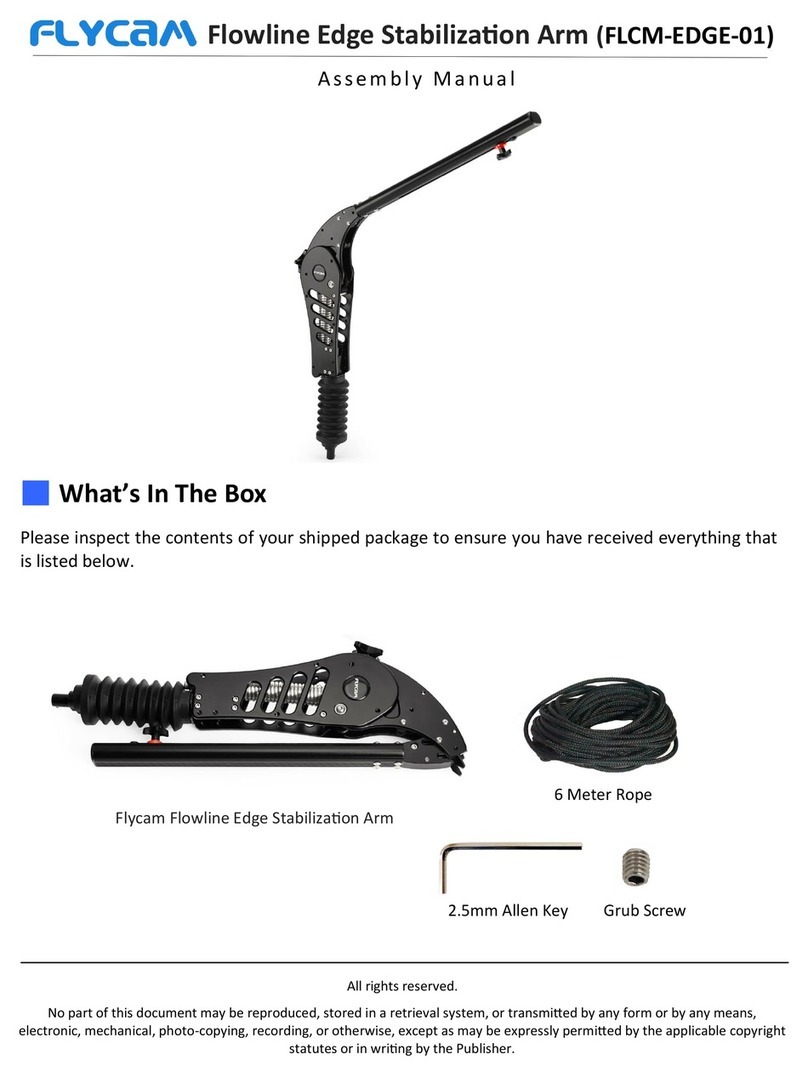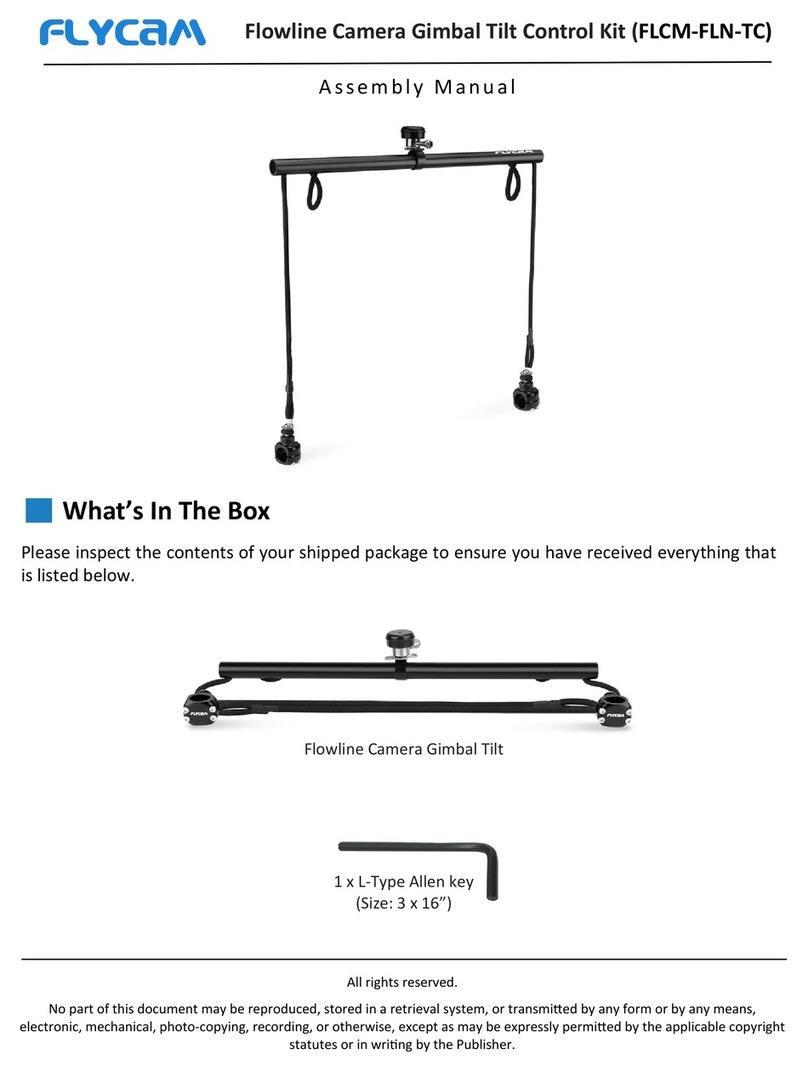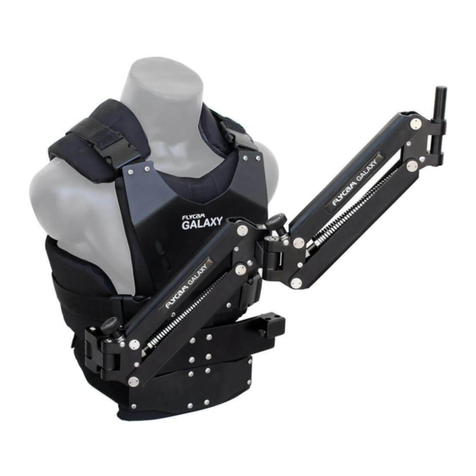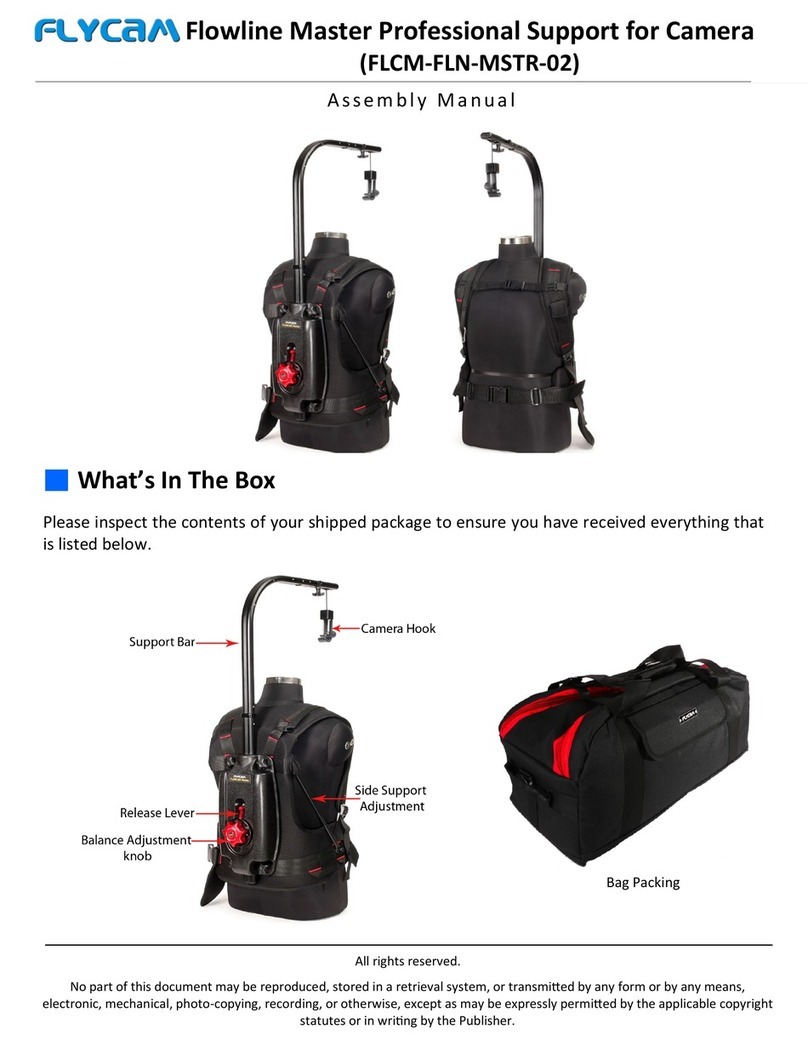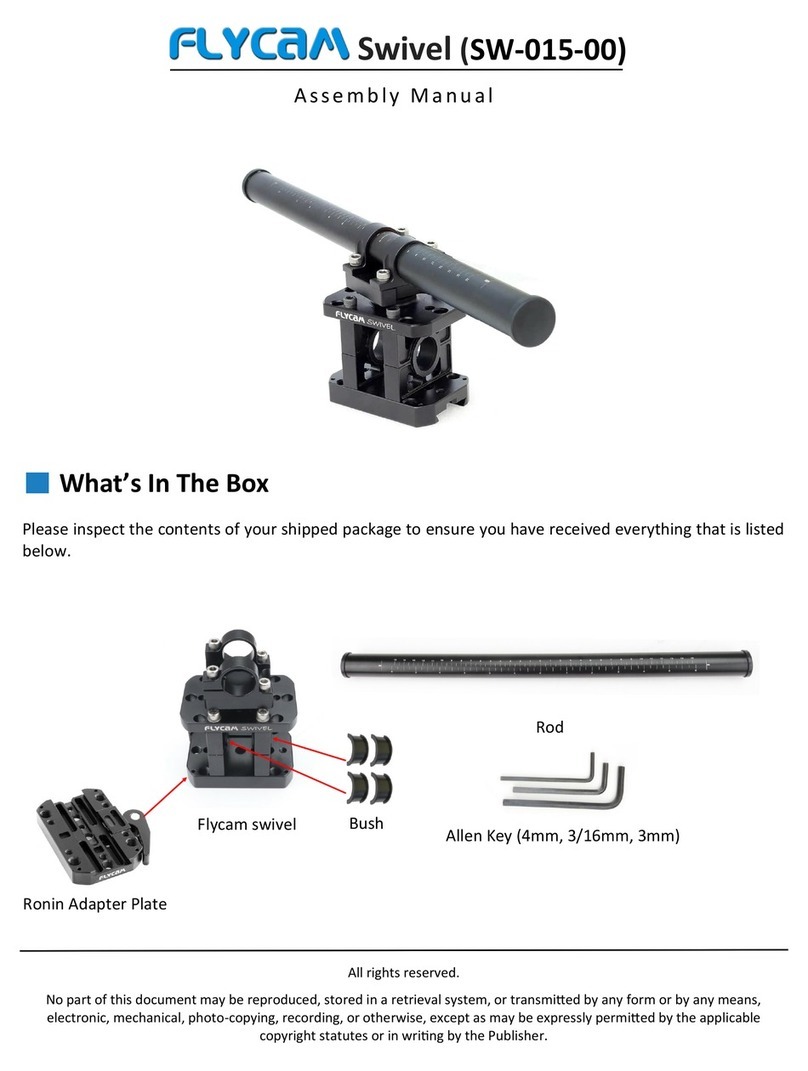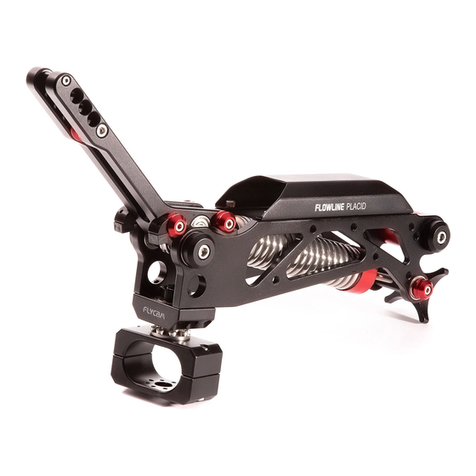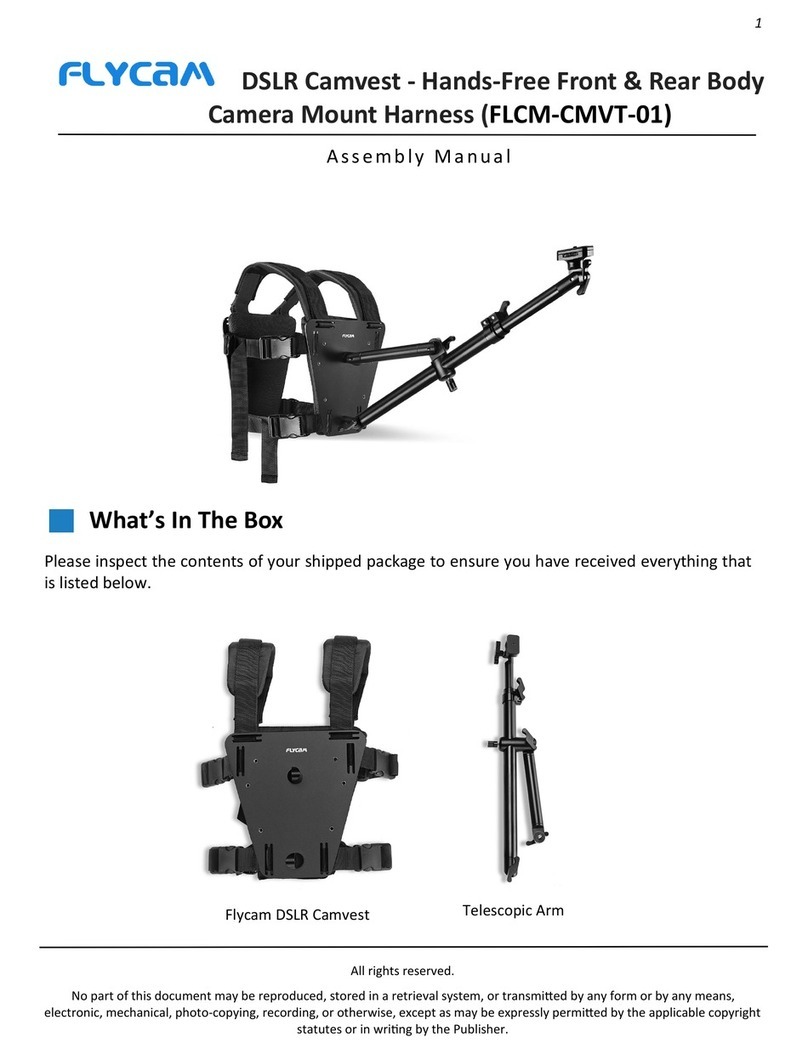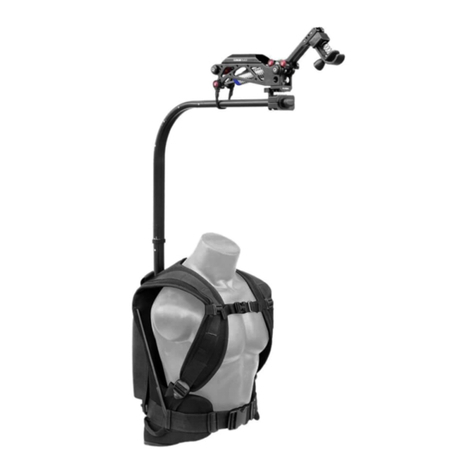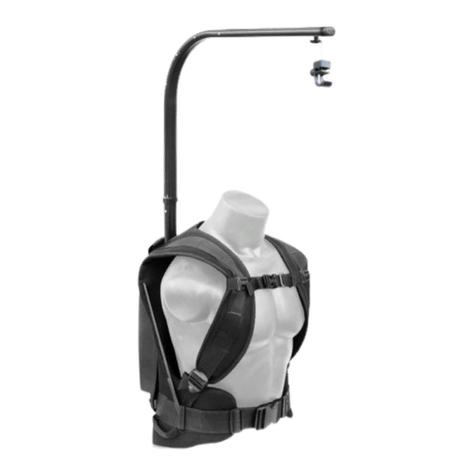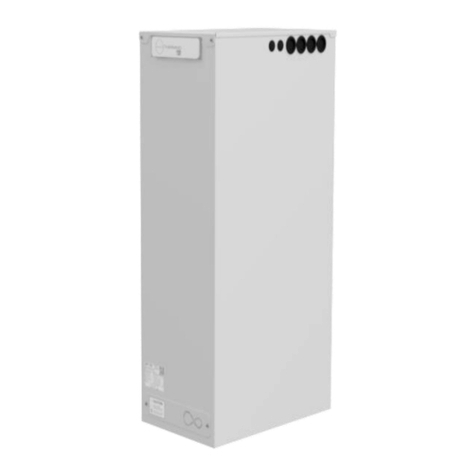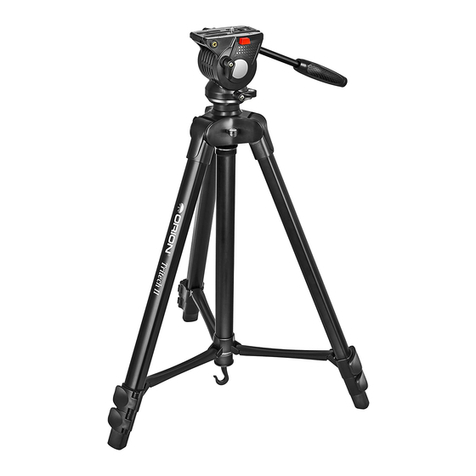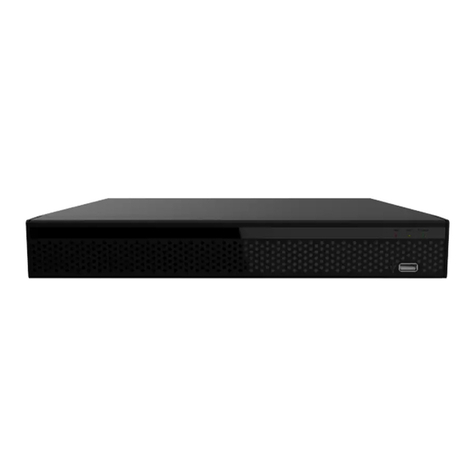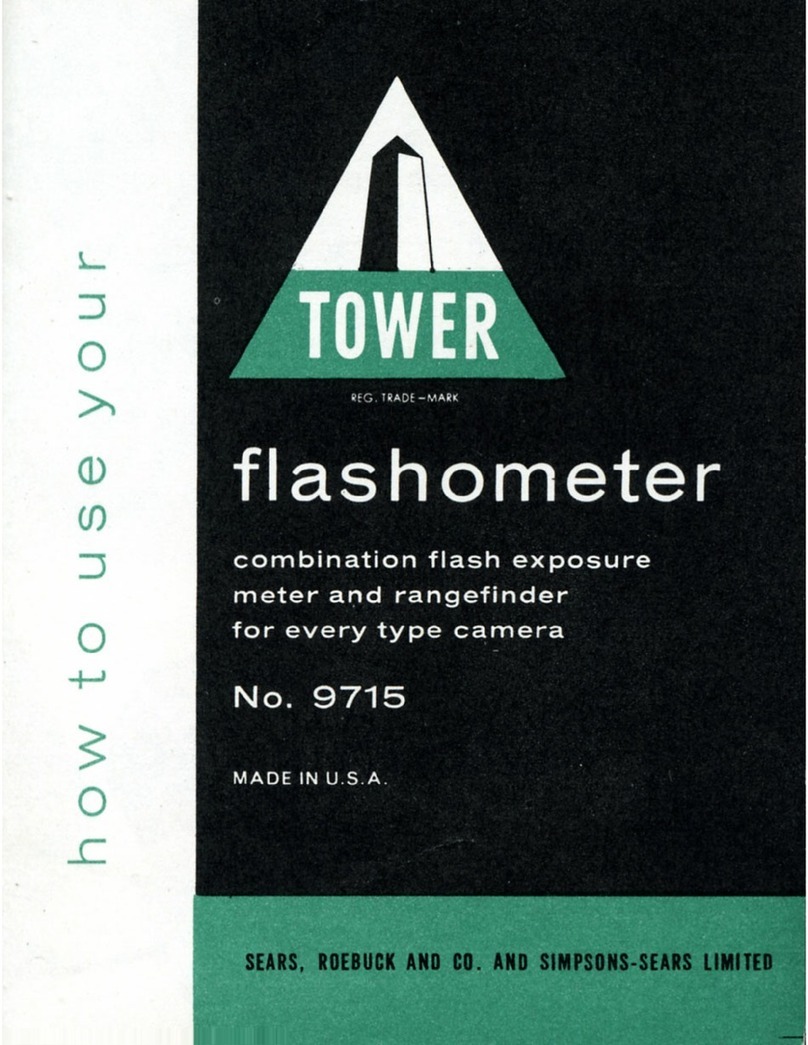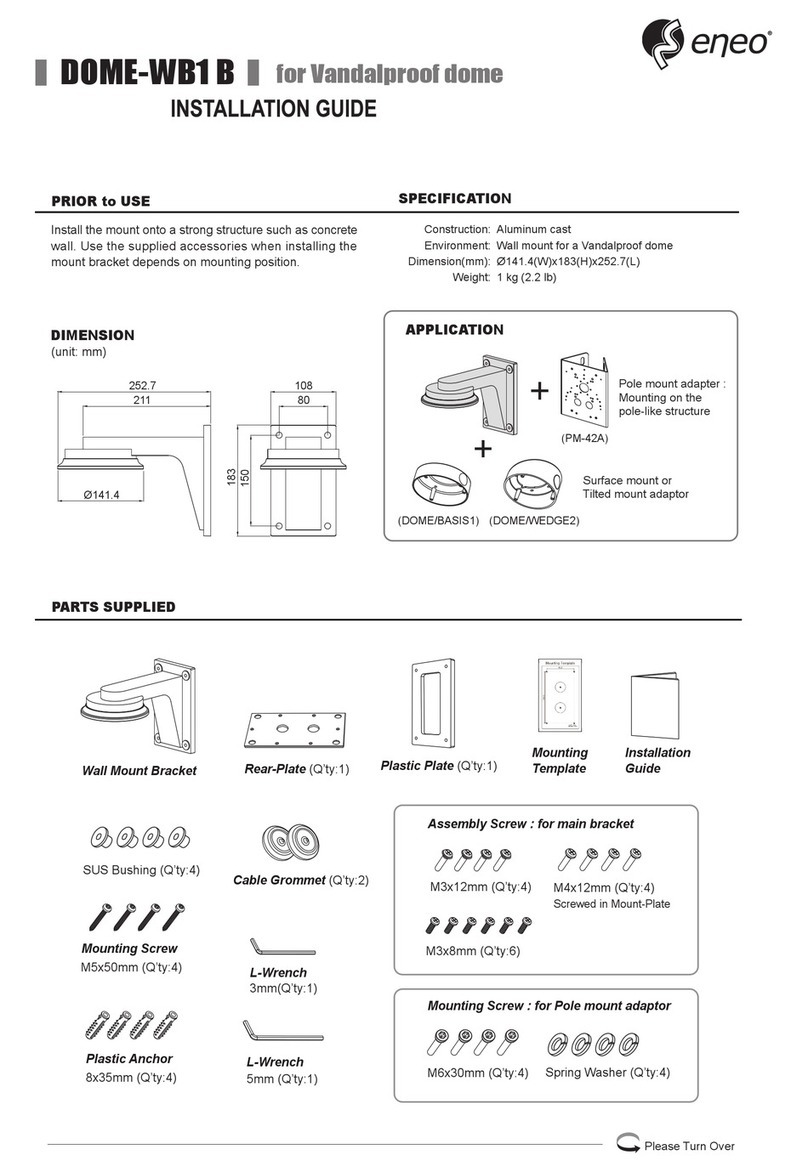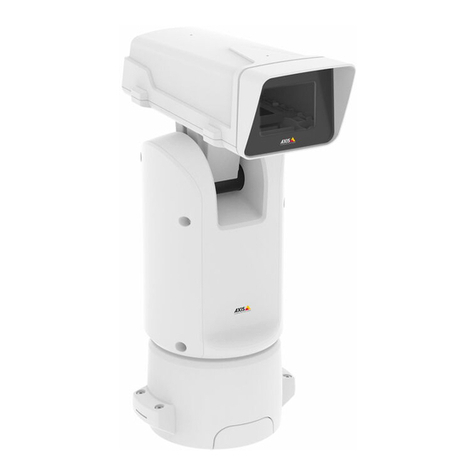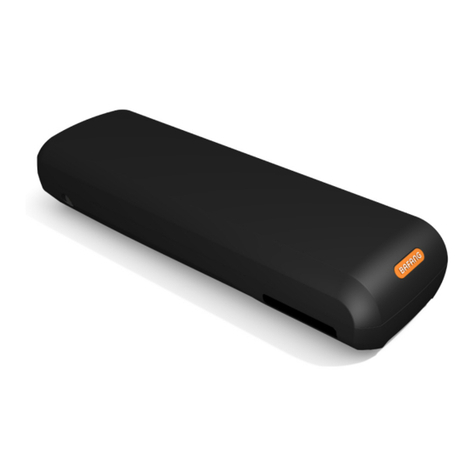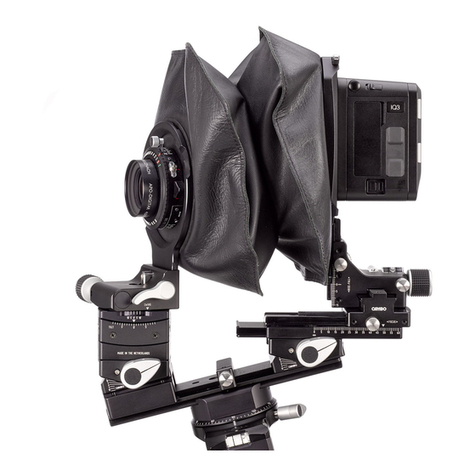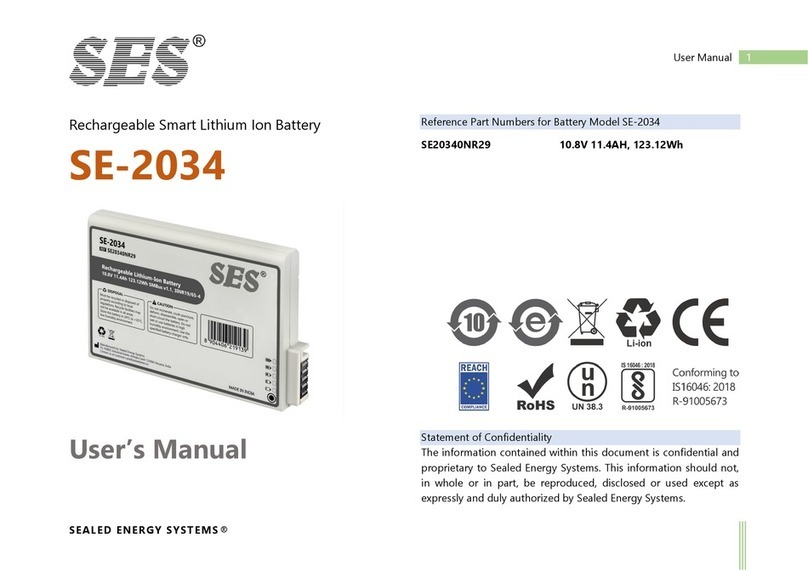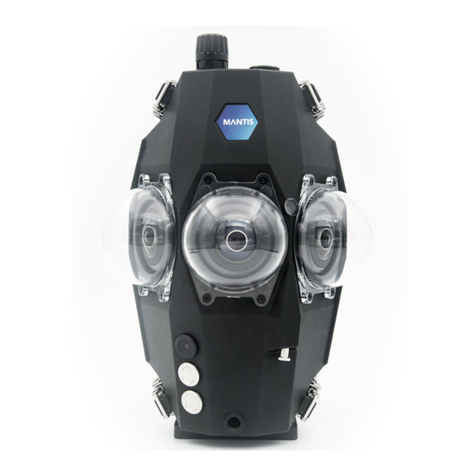6
NOTE: When adding weight to the cups, use
the supplied foam spacers as silencers to pre-
vent metal-to-metal washer noise.
Vercal Adjustment of the telescopic central
post is made by loosening the control at the
base, raising or lowering the post to the
desired locaon, and then re-ghtening the
vercal control. Do not over-ghten this
control.
Before beginning the balancing process check the following:
• Camera is securely aached to Head Plate
• Lens cap is removed and secured
• Telescoping Clamp is ghtened
• Weight discs are added successfully
• All screws are ghtened securely
• Baery, all accessories and cables are secured
Balancing the Horizontal Axis
When your FLYCAM DSLR Nano is properly assembled, you can start the test and setup of the horizontal
balance. Horizontal balance allows the camera to remain level during operaon with the Central Post in
a vercal posion unless off-axis framing is desired. Tesng for horizontal balance starts from a at and
level surface like a table, allowing the FLYCAM DSLR Nano to hang free as you hold it. If your FLYCAM
DSLR Nano is correctly balanced on its horizontal axis, then it will be both level & upright, with the
Central Post in a perfectly vercal posion.
Warning: If you do not have enough weight on the Base Plaorm, the enre Flycam could ip upside
down. If this movement starts to happen, be ready to catch the stalk before a complete 180 occurs. This
type of unwanted movement requires more weight to be added to the base with addional weight
discs.
Another way to accomplish Horizontal Balance is to move the center of gravity of camera by
re-mounng the camera to a different area of the Head and Mid Plate, either front-to-back or
side-to-side.
If the FLYCAM DSLR Nano is front heavy, loosen the screws on the sides of the Head Plate and gently
slide the Head Plate back unl the opmum balance is achieved. Tilng to the back means the load is
tail heavy requiring the plate to be adjusted forward on the head.
VERTICAL STALK ADJUSTMENT
Balancing Your Flycam Stabilizer












